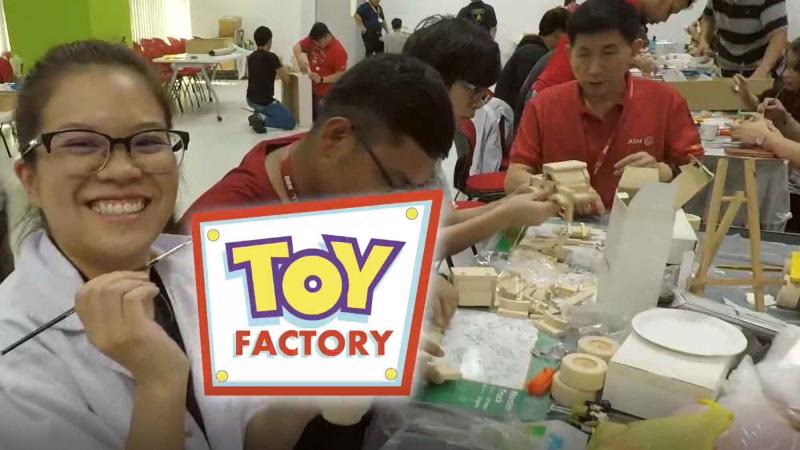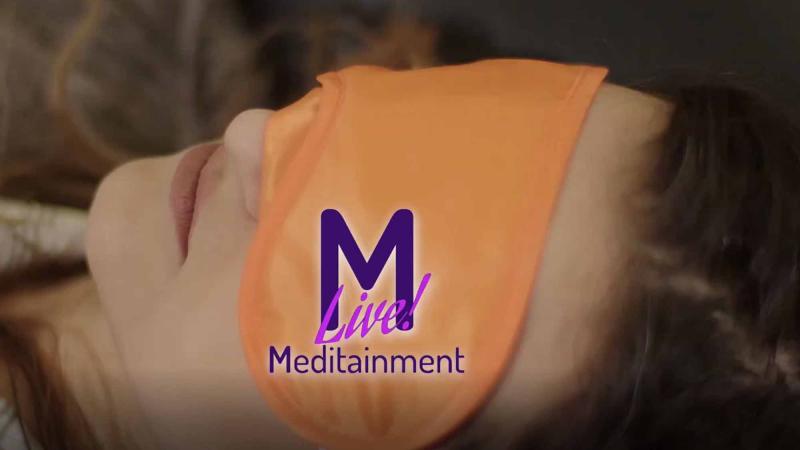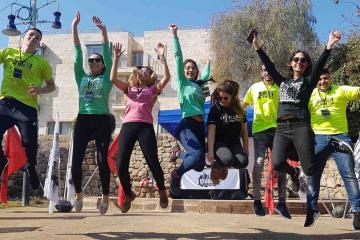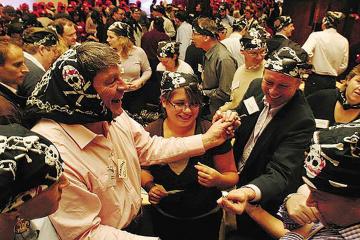Physical, mental, financial, spiritual and emotional health are important to employee engagement, retention and performance. They can also lead to team cohesiveness and overall productivity. Numerous studies show a direct correlation between employee wellbeing and reduced absenteeism.
Today, corporate wellness strategies don’t just focus on “health & safety” they also encompass programs that address social connectivity and emotional health. And, a growing number of businesses are expanding their employee wellbeing strategies even further to include flexible working hours, telecommuting and even child care support.
Wellness in the workplace starts by developing a culture of health with consistent and frequent communication which educates employees with trust and honesty. Leaders must be committed to the cause and act as role models. The physical environment and social support networks should be designed to foster wellness. Team building programs are a proven component of an effective corporate wellbeing strategy.

Music for Wellbeing
Engaging with music either listening, learning or playing it, in the company of others leads to higher subjective wellbeing. Music plays a critical role in emotional regulation and developing feelings of oneness in a group. Energisers like short, sharp music and rhythm activities bring a total change of pace, invigorating and energising.
In team building music activities participants play instruments or sing together. Music programs range from orchestral pieces, world music, through to Haka, beatbox and daft punk. Proven to enhance neuroplasticity and learning, these activities lift the mood and unify the group. With just a little bit of assistance, clever techniques, and through collaborating as a group, music can be performed to a standard beyond the expectations of all involved.

Giving for Wellbeing
Giving is as powerful for the person giving as much as the person receiving.It’s a common saying, but it is backed by scientific fact. When we help others, our brains release oxytocin, serotonin and dopamine. These mood boosting hormones counteract the effect of the stress hormone, cortisol, leading to a positive effect on the mental health and wellbeing of the person giving. Collaborative team building activities that are designed to develop soft skills which promote helping and working with others, therefore have the added benefit of enhancing mood and reducing stress.
Giving as a group rather than as an individual, leads to the greatest feelings of happiness. Social connection and shared common experience assist in turning generous behaviour into positive feelings for the giver. Moreover, giving as a group, enables a greater impact than might alone and in turn a greater sense of achievement.
CSR team building activities are designed not only to develop essential soft skills, but also give to a worthy cause. Examples include building bikes, creating toys or raising funds through participating in fun and engaging GPS triggered team activities. Involving employees in selecting a local charity or choosing a worthy cause through a giving organisation like B1G1 encourages commitment to the project and in turn the activity. Many individuals who have participated in such programs go on to join giving circles or develop a habit of giving leading to long term positive wellbeing benefits.

Mindfulness for Wellbeing
Mindfulness is a mental state achieved by focusing awareness on the present moment, while calmly acknowledging and accepting one's feelings, thoughts, and bodily sensations. Mindfulness has been proven to help relieve stress, lower blood pressure, reduce chronic pain and improve sleep. People who practice regular mindfulness meditation report that they feel calmer, less stressed and able to better cope with challenging situations.
Most people find it difficult to stay focused without getting distracted. Just like body building, the mind can be strengthened for better attention span through regular mental exercises. Regular mindfulness meditation practise has been shown to thicken the hippocampus an area of the brain responsible for memory and learning. Meditation improves attention and concentration too. Having the confidence to take on more challenging tasks and achieve goals leads to greater self-esteem and wellbeing.
Guided mindfulness meditation activities as an interlude at a conference or workshop relax and refocus the mind increasing concentration and learning outcomes. Making a mindfulness meditation app available to employees and allowing them the freedom to utilise it can encourage regular practise and the benefits thereof.

If the research is right, businesses who focus on the wellbeing of their employees, developing a culture of wellbeing in the workplace and implementing agile strategies that employees have indicated are of benefit to them, will reap the rewards of healthier, happier, harmonious & more productive teams.



